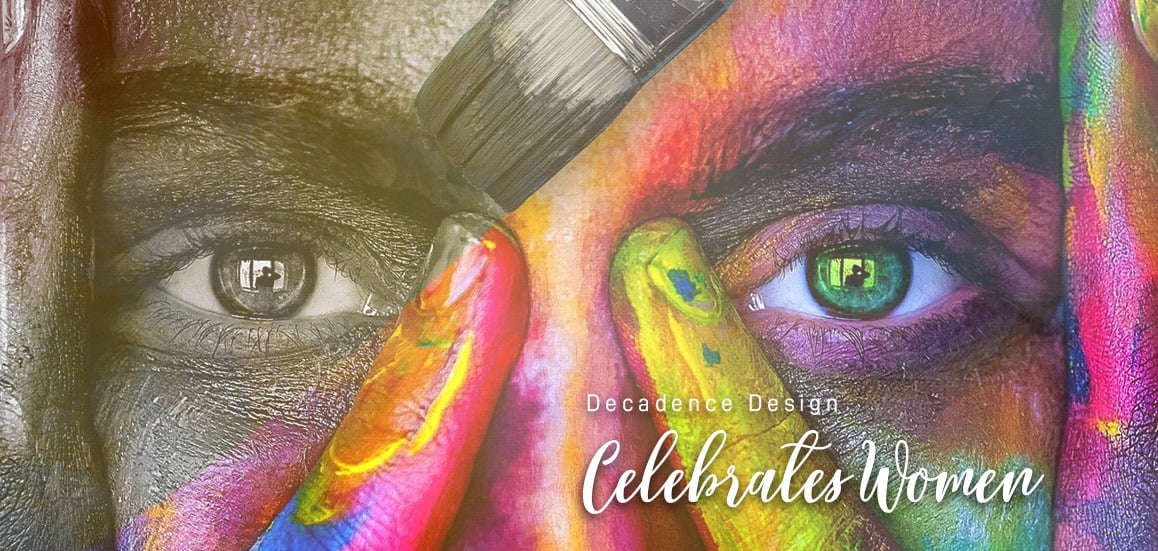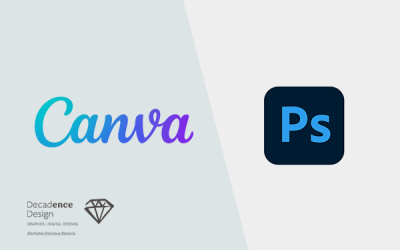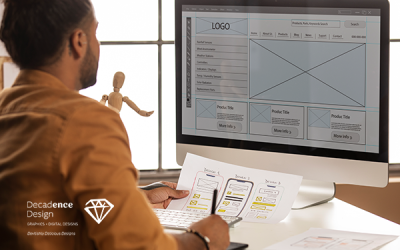Design never exists on its own – it always has a purpose. A chair supports a person’s entire weight. A website helps the user reach an end goal. A logo represents a brand. In marketing, design IS the brand experience. And whether or not your target audience is captured depends on how well you understand them.
As Decadence Design celebrates International Women’s Day this March, we take a closer look at the difference between designing for men and women. Certainly, genders cannot be generalised but studies have shown that they do perceive design elements differently.
Colour
- Women have a broader and more elaborate colour vocabulary than men
- As adults, blue is the most favoured colour by both men and women.
- When designing for gender-neutral products, use colours like monochromatic greys, black, white, yellows and greens
TIP #1: Washing your design over with pink does not make it for women!
TIP #2: Stay away from using brown and orange heavily!
Typography
- Feminine fonts tend to be smooth and rounded while masculine fonts feature straight lines and strong serifs
- “Classic” fonts like Helvetica considered gender-neutral: they are simple and readable
Imagery
- Use photographs to personify your brand and carry your brand’s message. Women tend to form a strong connection to images they see which will be transferred to the brand.
TIP #3: Think before you use heavily stereotyped images such as a white woman smiling at her salad!
Shapes
- The female brain subconsciously steers away from things that look sharp – use rounded and smooth edges in designs like web layouts





